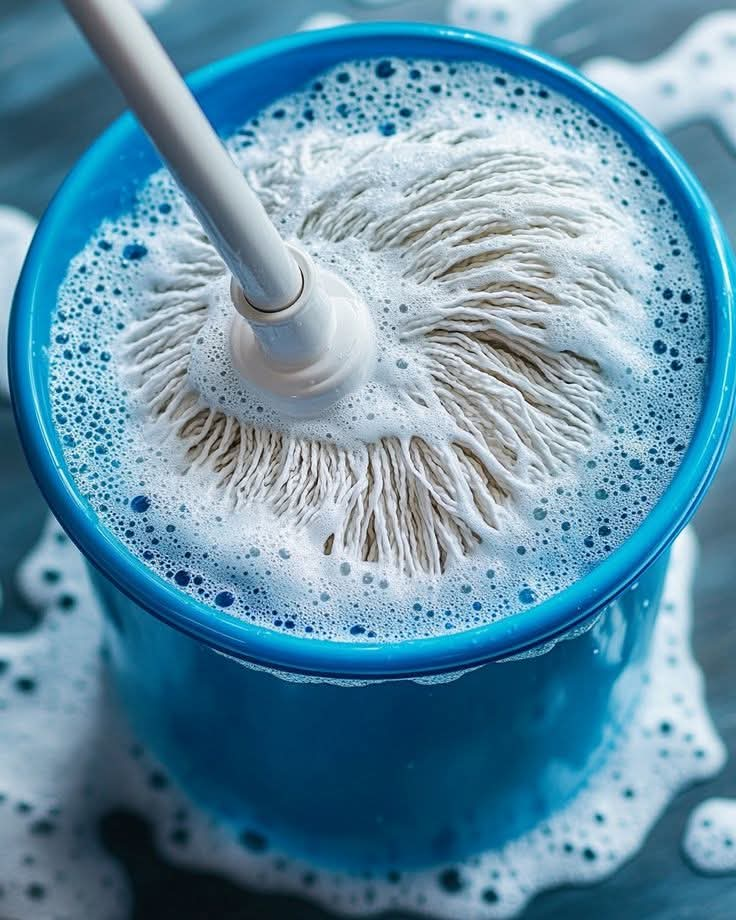ADVERTISEMENT
For Your Bucket:
Empty all water and rinse out visible debris
Fill halfway with hot water
Add 1-2 cups of white vinegar
Let sit for 30 minutes
Scrub any stained areas with a brush
Rinse thoroughly and dry completely before storing
Beyond Basic Cleaning: Maintenance Tips
Regular cleaning is important, but so is proper storage. Always store your mop with the head up or hanging to allow complete drying. A damp mop stored in a dark closet is a breeding ground for mold and bacteria.
Consider replacing string mops like the one pictured every 2-3 months if used frequently. For less frequent use, replace when the strings begin to discolor or develop an odor that persists after cleaning.
When to Replace vs. When to Deep Clean
While vinegar cleaning works wonders, sometimes replacement is necessary. Here are signs it’s time for a new mop:
Fraying or missing strings
Persistent odor even after cleaning
Visible mold or mildew that won’t wash out
Discoloration that doesn’t improve with cleaning
The Environmental Bonus
Using vinegar to clean your cleaning tools isn’t just effective – it’s environmentally friendly too. Unlike harsh chemical cleaners, vinegar is biodegradable and won’t introduce toxins into your home or waterways. It’s an inexpensive solution that works just as well as many commercial products.
Next time you finish mopping, take a moment to care for the tools that care for your home. A quick vinegar soak, like the one shown in that satisfying blue bucket, will ensure your floors are truly clean during your next mopping session. Your home (and your nose) will thank you for it.
ADVERTISEMENT
